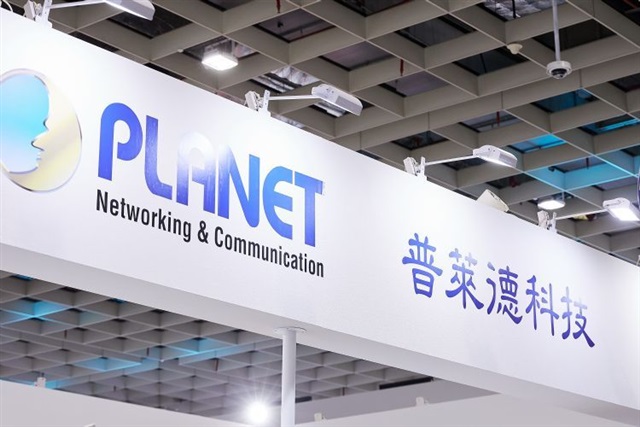Taiwan's copper wire sector has experienced notable growth since 2021, with output value exceeding NT$200 billion (approx. US$6.36 billion) for the first time, according to the Ministry of Economic Affairs (MOEA). The industry benefits from returns on investment, rising copper prices, and expanding 5G infrastructure.
The global artificial intelligence (AI) competition is rapidly moving beyond large language model (LLM) development, as leading technology companies race to embed AI into hardware, devices, and applications across consumer and enterprise markets. Samsung, OpenAI, and Meta are all pursuing strategies that go beyond cloud-based AI, signaling a shift toward vertical integration and ecosystem dominance.
Several Chinese smartphone brands are moving closer to Doubao, ByteDance's LLM platform, accelerating partnerships tied to AI smartphones. The shift reflects mounting pressure from falling mobile phone shipments and a premium market long locked up by Apple and Huawei, where smaller brands struggle to gain traction. AI applications and services have thus emerged as one of the few remaining levers for differentiation.
Largan Precision, a leading supplier of smartphone camera lenses, reported an unaudited consolidated revenue of NT$5.62 billion (US$178.41 million) for December 2025, marking a 6% increase from the previous month and remaining flat compared with December 2024.
The global mobile communication standard is rapidly advancing toward 6G. Facing the next-generation technology race, Ericsson Taiwan president David Chou noted that Taiwanese manufacturers hold advantageous positions in customer premises equipment (CPE) and chip supply chains. However, he advised Taiwan to accelerate its transition to a standalone (SA) 5G network architecture to prepare for future developments.
Apple's iPhone 17 series has driven a notable recovery in China, pushing the company's market share back above 20% and lifting monthly shipments beyond 6 million units in November 2025, according to industry estimates. The rebound marks Apple's strongest performance in the market in recent years after a period of declining share amid intense competition from domestic smartphone brands.
These are the most-read DIGITIMES Asia stories in the week of Dec 29 - Jan 4.
South Korea's leading telecom operator SK Telecom (SKT) has introduced A.X K1, a 500-billion-parameter AI model developed under a national AI initiative to establish a foundational platform for the country, highlighting SKT's efforts to align AI technology with national strategy and industrial applications.
Asus announced on January 2, 2026, that it will not release any new smartphones this year, effectively suspending a mobile business the Taiwanese hardware giant has sustained for more than 20 years without ever achieving profitability.
As AI server and semiconductor companies look set to close out a profitable 2025, recent Chinese military encirclement exercises and live-fire drills around Taiwan have once again highlighted the island's geopolitical tensions. US President Donald Trump has stated that China doesn't want to invade Taiwan.
Asustek Computer has confirmed it will not launch any new smartphones in 2026, effectively scaling back its mobile device business. At the same time, the company emphasized that after-sales support, maintenance, software updates, and warranty services will continue as normal. The move comes amid intensifying global competition and supply chain challenges, with the company redirecting efforts toward emerging products like drones and smart glasses.
More coverage



